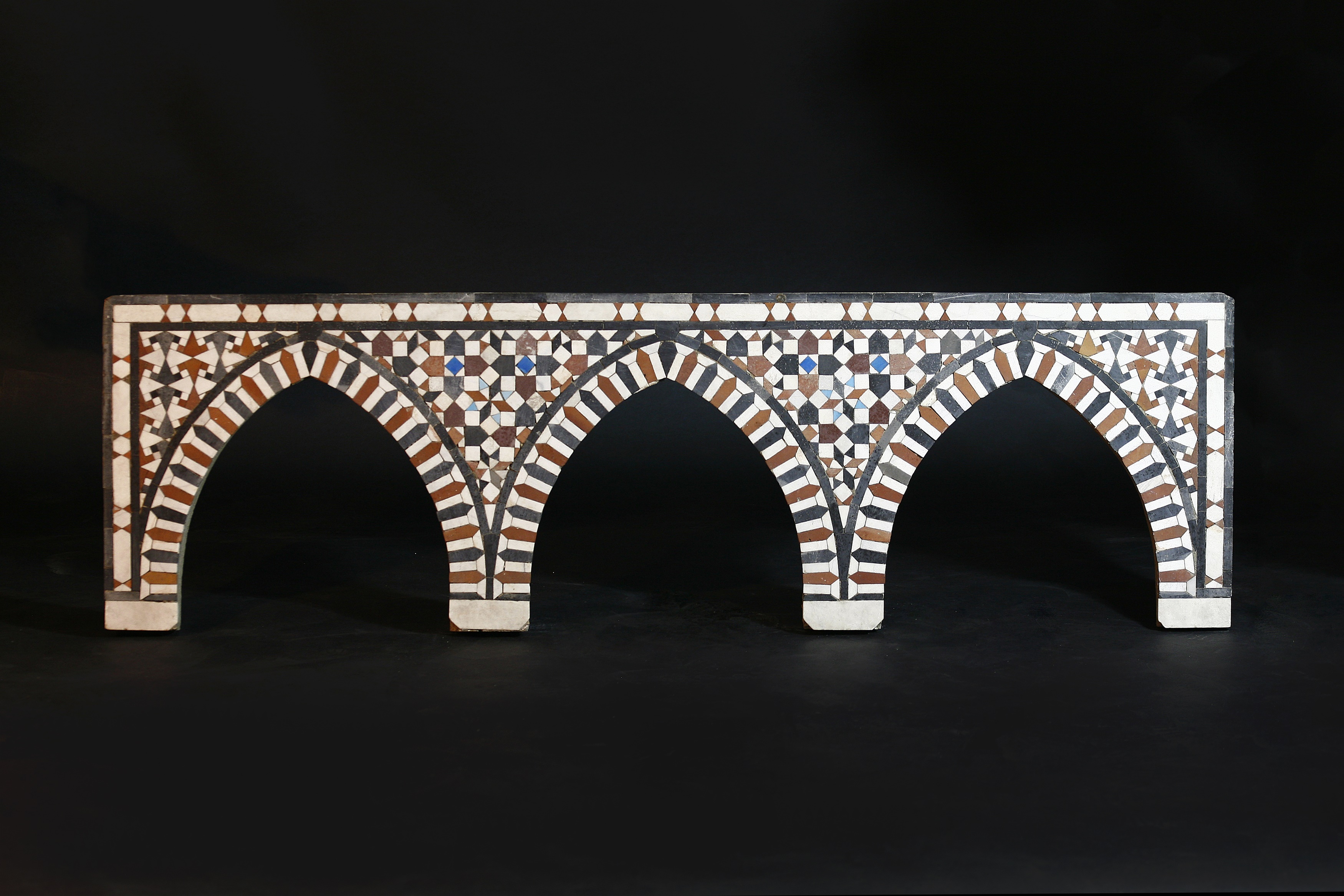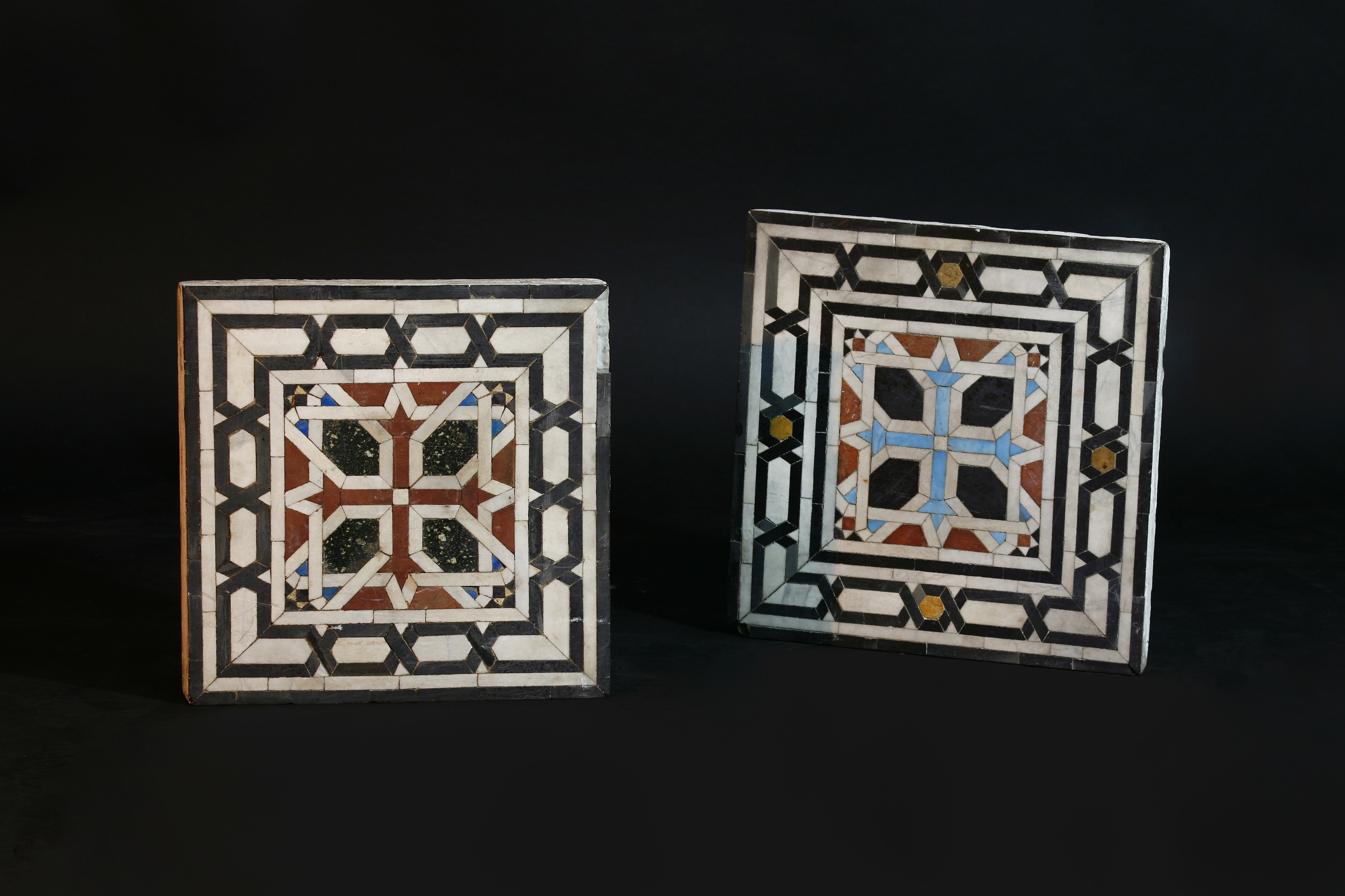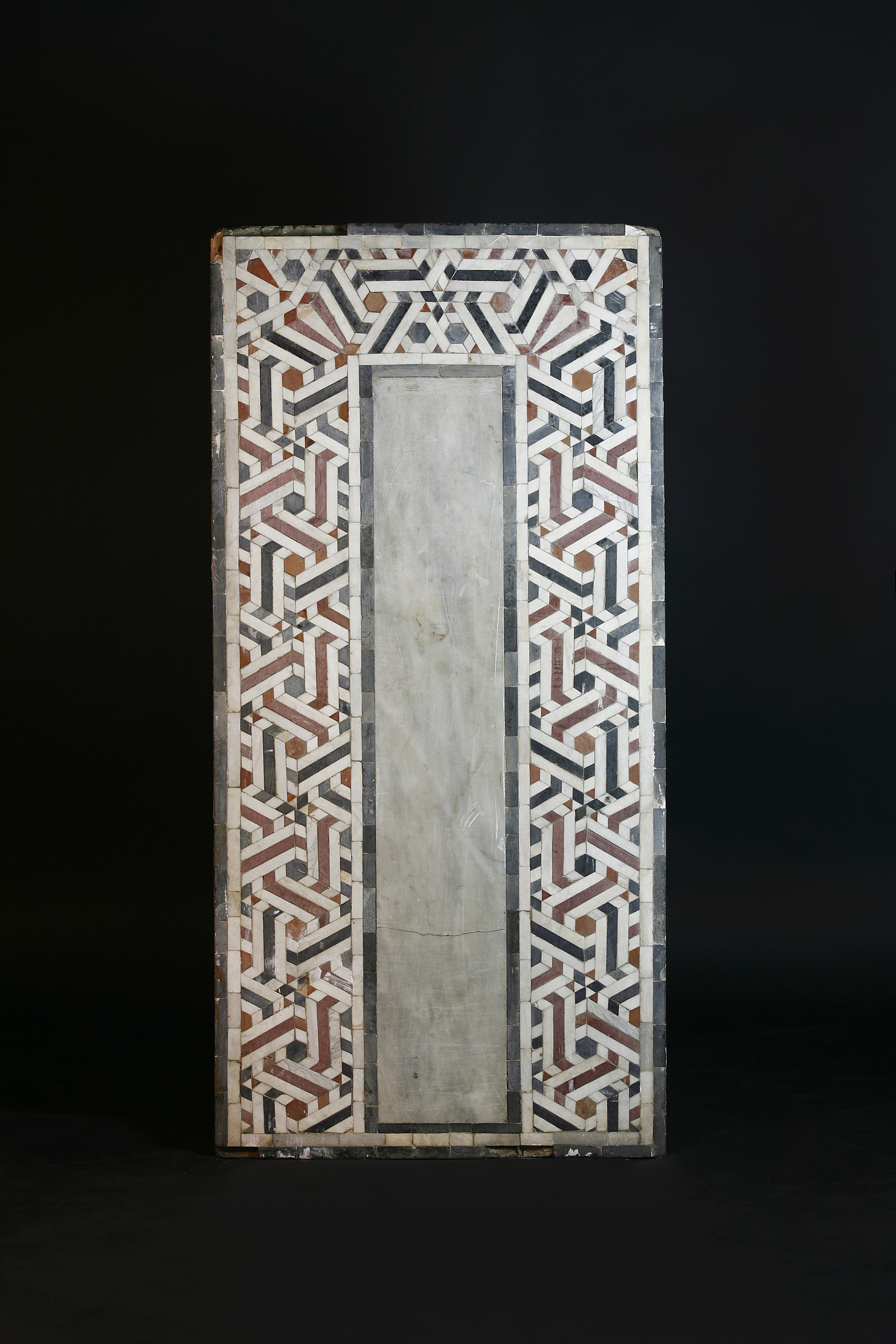Mamluk Mosaic Panels - An Introduction
Our September Fine Interiors Auction features a collection of Mamluk mosaic panels, learn exactly what these are and where they came from here...
The Mamluk dynasty dominated Syria and Egypt from 1250 to 1517. They had originally been military slaves under the Ayyubid rule in the late 12th and early 13th centuries, but unlike household slaves, the Mamluks were given a thorough training in various fields such as the martial arts, court etiquette and science. Although at the end of the training they were often freed, they were still expected to remain loyal to their master and serve his household. This notion of loyalty to one’s master rather than to one’s family was fundamental to Mamluk society, however the reality often contradicted this, and occasional short-lived family dynasties wielded power in the newly-formed Mamluk state. Court life revolved around the sovereign who, like his officers, had begun his career as the military slave of some powerful amir. Fresh supplies of such slaves were procured at regular intervals, mostly from the Eurasian steppe via the great markets at the Black Sea ports, so consequently the majority of these slaves were Ethnic Turks.
 Lot 465 - A Mamluk (15th-17th century CE) mosaic triple arched panel, estimate £6,000-8,000
Lot 465 - A Mamluk (15th-17th century CE) mosaic triple arched panel, estimate £6,000-8,000
On the broader political scene, the Mamluks during the 13th and 14th centuries achieved spectacular military success, as they not only initially stopped the Mongol takeover of the entire Near East, but also subsequently flushed out the Crusaders and the Armenians of Cilicia. This grip by the Mamluk on the Levant was only finally broken with the Ottomans under Suleyman the Magnificent conquering Syria in 1516 and Egypt in 1517. Despite this conquest, many of the craftsmen and officials remained, and so consequently the style continued up until the late 18th century.
Lot 472 - Two Mamluk (15th-17th century CE) rectangular mosaic panels, estimate £12,000-18,000
It is likely that these panels would have formed part of the decoration of the central hall or reception room of a palace. These rooms would have adjoined an enclosed formal garden, with numerous fountains and other water features.
Similar panels can be found in museums and private collections around the world including the Aga Khan Museum, Toronto, Canada - see Accession Number AKM571.

Lot 473 - Two Mamluk (15th-17th century CE) square mosaic panels, estimate £3,000-5,000
For more information please contact,
James Pickup
For the full collection of Mamluks Mosaic Panels
Recent News
John Ruskin | A Remarkable Archive Comes to Auction at Sworders
A major highlight of our forthcoming Dreams – A Unique Private Collection sale on 9 July is a remarkable archive of letters and manuscripts by John Ruskin (1819–1900), the celebrated Victorian polymath. This unparalleled group – numbering in the hundreds – is believed to be the largest collection of Ruskin correspondence in private hands and spans a vast range of topics from art and architecture to politics, religion, and personal reflection.
2 July 2025
Valuation Day Discovery
'The Scented Garden of Abdullah the Satirist of Shiraz' - also known as 'The Bagh-i-Muattar' - quickly caught the attention of our book specialists, when a copy bound in full vellum was brought in by a local client to our weekly valuation day.
2 July 2025
The Glass Sale | A Medium of Light, Form and Infinite Expression
We are thrilled to launch The Glass Sale - a brand-new addition to our auction calendar! The inaugural sale will take place on Tuesday 28 October and will become a biannual fixture in our calendar going forward.
20 June 2025

